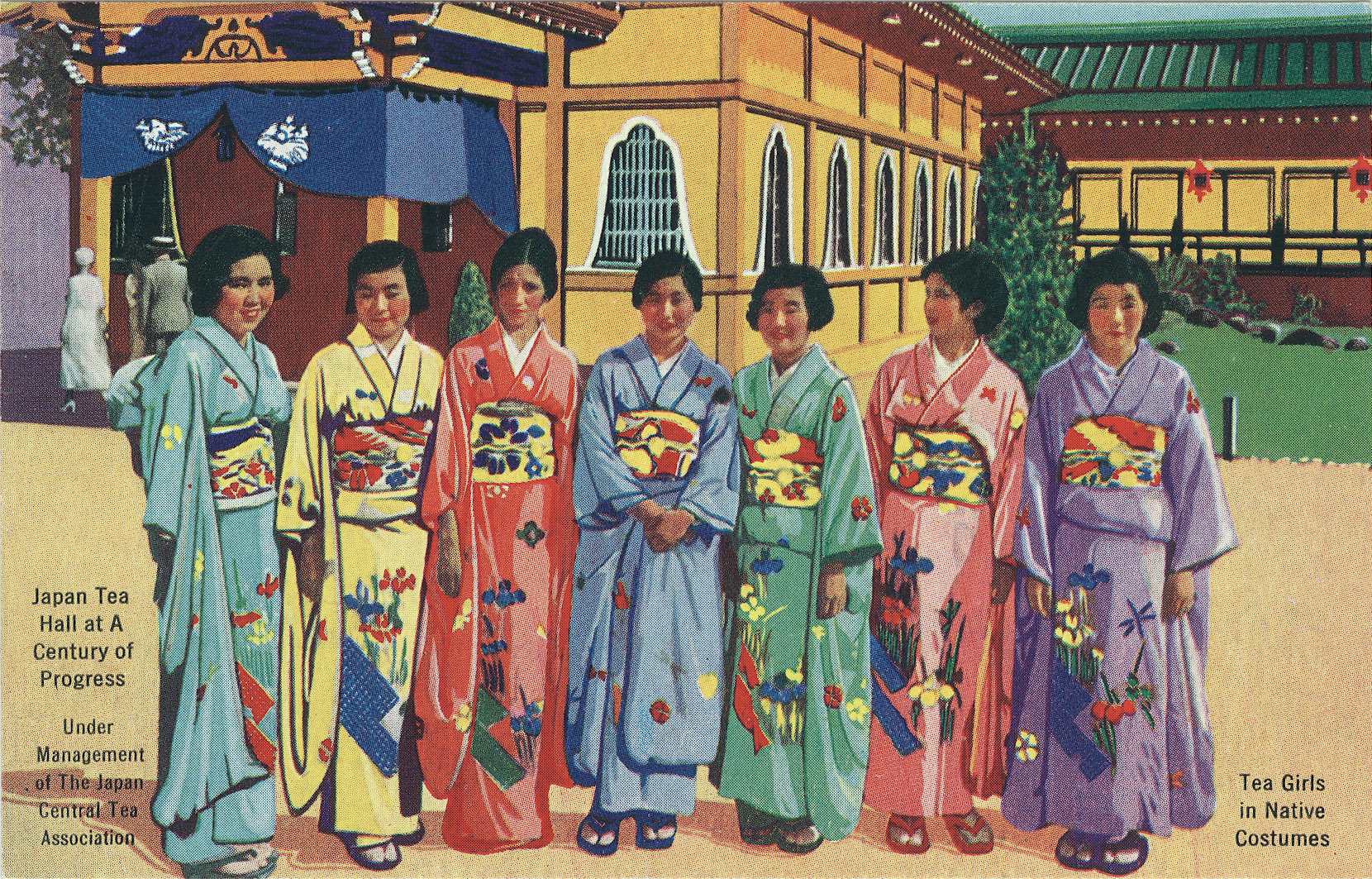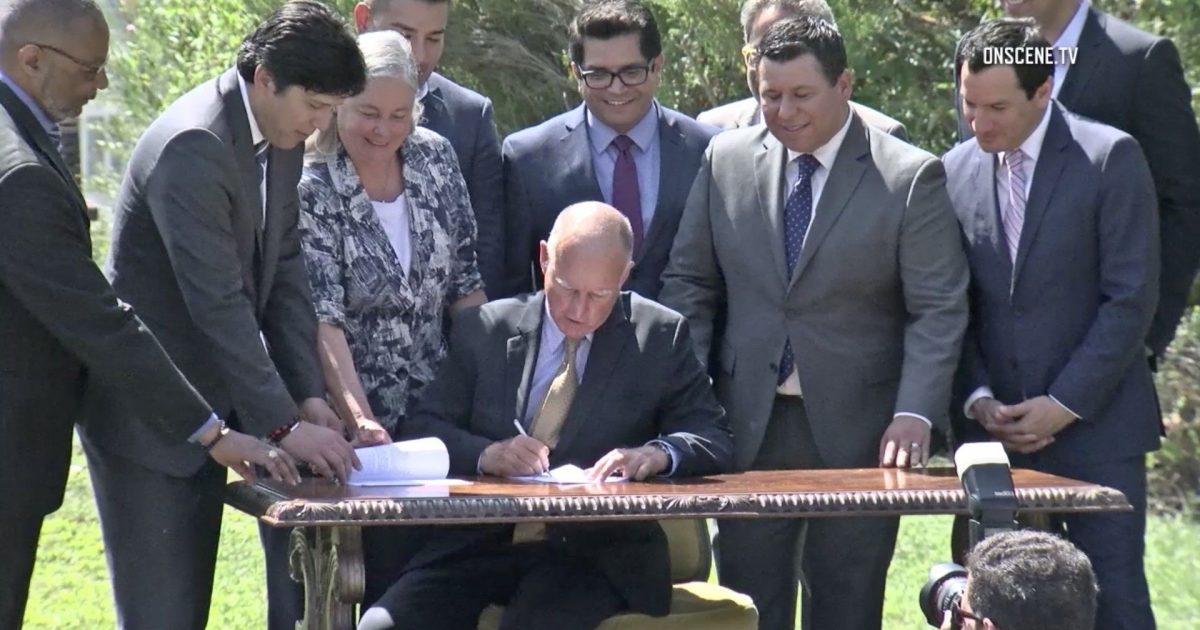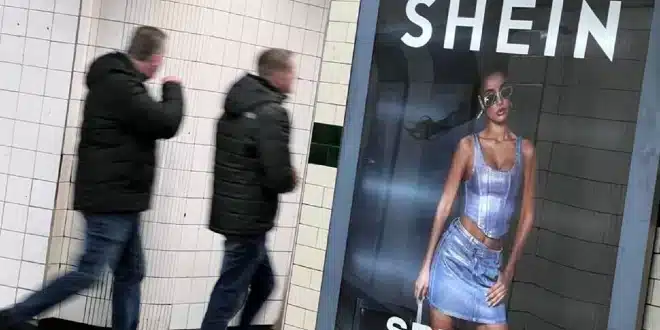A Look Back: The Century Of Progress Exposition In Chicago

Table of Contents
The Vision and Planning of the Century of Progress Exposition
Overcoming Economic Hardship
Organizing a World's Fair during the depths of the Great Depression presented monumental challenges. Securing funding was a Herculean task, requiring creative solutions and a significant amount of political will.
- Funding Difficulties: The initial financial hurdles were immense. The city and state had to work together to raise funds at a time when many were struggling economically.
- Securing Sponsorships: Attracting sponsorships from corporations and private entities was crucial to bolster the budget. Innovative fundraising strategies were needed to bridge the financial gap.
- Attracting Exhibitors: Convincing businesses and organizations to invest in exhibits during an economic downturn required a persuasive vision of the fair's potential impact.
Architectural Marvels and Urban Planning
The Century of Progress Exposition was a testament to innovative architecture and urban planning. The fairgrounds, situated on Chicago's lakefront, showcased the best of modern design.
- Significant Buildings: The Hall of Science, the Travel and Transport Building, and the dazzling Electrical Building were architectural masterpieces of their time, showcasing the Art Deco style that was prevalent during the era.
- Innovative Design Elements: The use of innovative materials, streamlined designs, and futuristic aesthetics made the fairgrounds a visually stunning experience.
- Influence of Art Deco Style: The Art Deco style, with its emphasis on geometric shapes, streamlined forms, and luxurious materials, was a dominant feature of the exposition's architecture.
Thematic Focus and Exhibits
The CPE’s exhibits were designed to showcase the advancements in science, technology, and culture that defined "A Century of Progress."
- Science and Technology: Cutting-edge technologies, including early television and air conditioning, were prominently featured.
- Industry: Industrial exhibits highlighted the ingenuity and efficiency of American manufacturing.
- Culture and Art: The fair also showcased artistic expressions reflecting the era's mood, blending traditional and modern styles.
- Daily Life Exhibits: Exhibits portrayed the evolution of daily life, offering glimpses into the past and visions for the future.
Technological Advancements Showcased at the Fair
Groundbreaking Inventions and Discoveries
The Century of Progress Exposition served as a platform for showcasing remarkable technological achievements.
- Television: Early television sets were on display, offering a glimpse into the future of broadcasting.
- Air Conditioning: The fair showcased the growing importance of air conditioning, a technology that was rapidly transforming the way people lived and worked.
- Scientific Breakthroughs: The exposition featured exhibits highlighting significant scientific advancements in various fields.
The Impact on Future Innovation
The technological marvels showcased at the CPE significantly influenced post-war development.
- Influence on Post-War Development: Many of the technologies on display at the fair played a crucial role in the rapid technological advancements of the post-World War II era.
- Inspiring Future Innovations: The fair served as a catalyst for further innovation, inspiring scientists, engineers, and entrepreneurs.
Social and Cultural Impact of the Century of Progress Exposition
Public Reception and Attendance
The Century of Progress Exposition was a resounding success, drawing millions of visitors.
- Attendance Figures: The fair attracted a massive number of visitors, demonstrating public enthusiasm for the event.
- Public Response: Reviews and media coverage highlighted the fair's impact and popularity.
- Media Coverage: Newspapers and magazines extensively covered the event, generating excitement and anticipation.
The Fair's Role in Shaping Chicago
The Century of Progress Exposition left a lasting mark on the city of Chicago.
- Architectural Legacy: Many structures built for the fair influenced Chicago's architectural landscape for years to come.
- Urban Development: The fair spurred urban development and revitalization efforts around the lakefront.
- Economic Effects: The exposition generated economic activity and employment opportunities in Chicago.
Cultural Significance and Legacy
The Century of Progress Exposition holds a unique place in American cultural history.
- Influence on Art, Design, and Popular Culture: The fair’s Art Deco aesthetics and futuristic designs influenced subsequent artistic movements and popular culture.
- Lasting Cultural Memory: The Century of Progress Exposition continues to be remembered as a significant cultural event and a testament to the spirit of innovation.
Reflecting on the Century of Progress Exposition's Enduring Legacy
The Century of Progress Exposition, a Chicago World's Fair held during the Great Depression, was more than just an exhibition; it was a symbol of hope and a testament to human ingenuity. It showcased groundbreaking inventions, stunning architecture, and a vision for the future. Its impact resonates even today, evident in Chicago's cityscape and the ongoing legacy of technological innovation it inspired.
Delve deeper into the history of the Century of Progress Exposition by visiting the Museum of Science and Industry in Chicago, which originated at the fair. Discover more about the Chicago World's Fair of 1933-1934 and explore the fascinating legacy of A Century of Progress through online archives and historical resources. The Century of Progress Exposition’s story continues to inspire and educate, reminding us of the power of human creativity and innovation.

Featured Posts
-
 Game 1 Pacers Vs Knicks Tyrese Haliburton Player Props And Analysis
May 28, 2025
Game 1 Pacers Vs Knicks Tyrese Haliburton Player Props And Analysis
May 28, 2025 -
 Dangerous Climate Whiplash A Global Urban Crisis
May 28, 2025
Dangerous Climate Whiplash A Global Urban Crisis
May 28, 2025 -
 Nl West Race Heats Up Dodgers And Padres Undefeated
May 28, 2025
Nl West Race Heats Up Dodgers And Padres Undefeated
May 28, 2025 -
 Eu Sanctions Loom As Shein Fails To Meet Consumer Protection Standards
May 28, 2025
Eu Sanctions Loom As Shein Fails To Meet Consumer Protection Standards
May 28, 2025 -
 Three Withdrawals Rock Barcelona Open Before First Serve
May 28, 2025
Three Withdrawals Rock Barcelona Open Before First Serve
May 28, 2025
